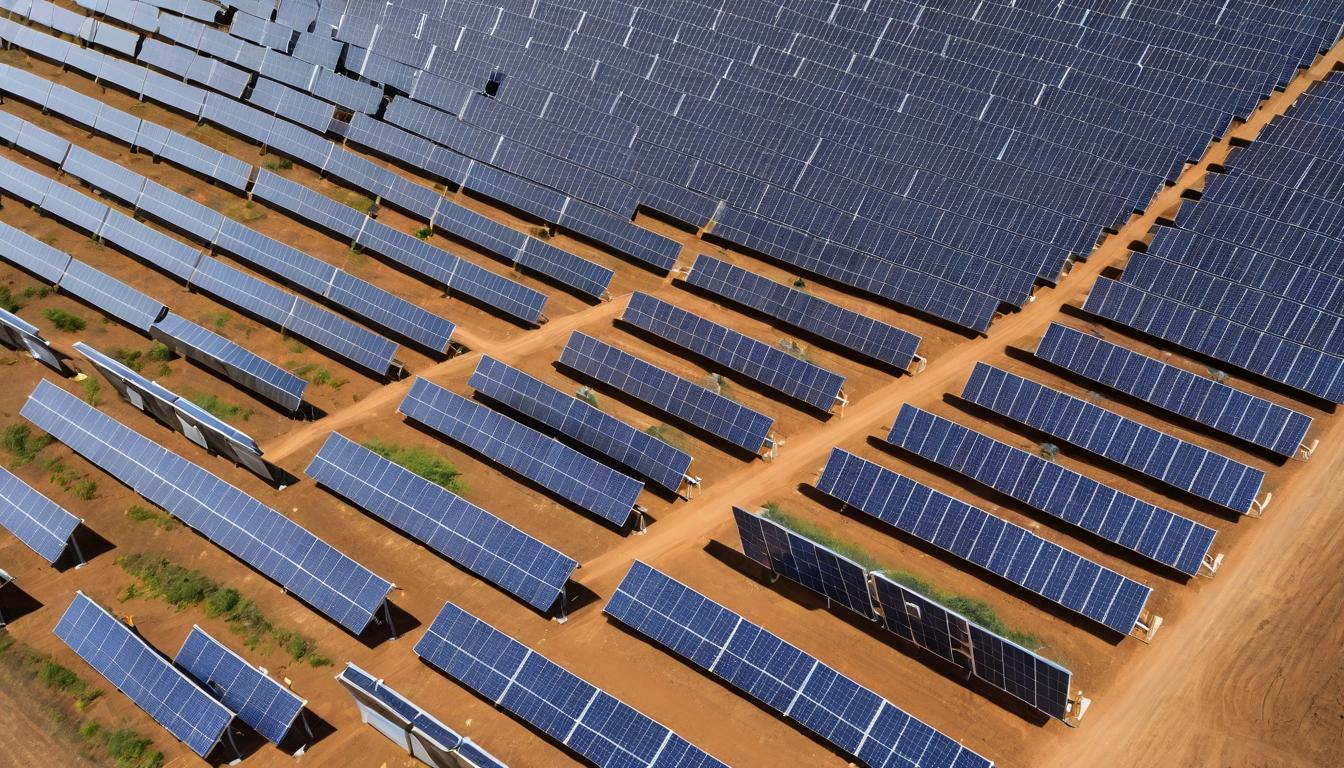In the quiet corners of America's energy sector, something remarkable is happening. While headlines focus on political battles and climate summits, a grassroots transformation is unfolding that could fundamentally alter how we power our lives. This isn't about massive government programs or corporate announcements—it's about communities, entrepreneurs, and ordinary people rewriting the rules of energy.
Across rural America, farmers are discovering that their most valuable crop might not be corn or soybeans, but the steady breeze blowing across their fields. Wind turbines are becoming the new silos, generating income streams that weather both drought and market fluctuations. In Texas, of all places, wind power now accounts for over 25% of the state's electricity during certain periods. The energy revolution has found unlikely champions in conservative communities where economic sense trumps political ideology.
Meanwhile, solar installations are spreading beyond traditional strongholds. Community solar projects allow renters and homeowners with shaded roofs to buy into shared arrays, breaking down barriers that once limited solar to the wealthy. In Minnesota, a bipartisan effort created one of the nation's most successful community solar programs, with over 800 megawatts installed—enough to power more than 100,000 homes. The program's success lies in its simplicity: participants save money without installing anything on their property.
But the real story lies in the convergence of technologies that few saw coming. Electric vehicles are becoming mobile power plants, with bidirectional charging allowing cars to power homes during outages or sell electricity back to the grid during peak demand. In California, pilots are testing how fleets of EVs can stabilize the grid, turning transportation from an energy problem into part of the solution. The average electric car contains enough battery capacity to power a typical American home for two to three days.
Utilities, once the bastions of tradition, are undergoing their own quiet revolution. Facing aging infrastructure and rising climate risks, many are embracing microgrids—localized energy systems that can operate independently during emergencies. From New York to California, utilities are partnering with communities to build resilience while maintaining reliability. The shift represents a fundamental rethinking of the centralized grid model that dominated the 20th century.
Energy storage is the silent enabler of this transformation. Lithium-ion batteries get the attention, but flow batteries, compressed air storage, and even gravity-based systems are finding their niches. In Oregon, a company is using stacked concrete blocks to store energy, while in Utah, a massive compressed air facility can power 150,000 homes for a year. The diversity of approaches suggests we're in the early stages of a storage revolution that could make renewable energy available around the clock.
The workforce transformation may be the most overlooked aspect of this shift. Former coal miners are retraining as solar installers, oil field workers are applying their skills to geothermal projects, and auto mechanics are becoming EV technicians. In Appalachia, organizations are helping fossil fuel workers transition to clean energy jobs, recognizing that the skills that built the old energy economy are valuable in building the new one.
Regulatory innovation is keeping pace with technological change. States are experimenting with performance-based regulation that rewards utilities for outcomes rather than infrastructure spending. New York's Reforming the Energy Vision initiative has become a model for how to align utility profits with public benefits like efficiency and renewable integration. The approach represents a fundamental shift from the traditional cost-plus model that dominated for decades.
Consumer behavior is changing in ways that surprise even the experts. Smart thermostats, once a novelty, are becoming mainstream, with millions of households participating in demand response programs that pay them to reduce usage during peak periods. The aggregation of these small actions creates virtual power plants that can offset the need for building new generation facilities. It's demand-side management on steroids, enabled by technology and economic incentives.
International connections are strengthening as well. Offshore wind projects are drawing on European expertise, while battery manufacturers collaborate across continents. The energy transition has become global in scope, with knowledge and capital flowing across borders despite political tensions. American companies are learning from German energy transition mistakes and successes, while European firms benefit from American innovation in software and grid management.
What emerges from these disparate trends is a picture of an energy system in flux—more distributed, more resilient, and more responsive to local conditions. The transformation isn't happening because of any single policy or technology, but through the convergence of economic opportunity, technological advancement, and changing public expectations. The energy future won't be built in Washington boardrooms but in communities across the country, one solar panel, one wind turbine, one smart thermostat at a time.
The revolution may be quiet, but its implications are profound. We're witnessing the emergence of an energy system that's not just cleaner, but smarter, more democratic, and more adaptable to the challenges ahead. The transition won't be smooth or linear—there will be setbacks and surprises—but the direction is clear. The energy future is being built today, often in places and ways that escape national attention, by people who see opportunity where others see only problems.
The hidden revolution reshaping America's energy landscape

